Tag: pediatrics

Pediatric Sepsis Phenotype with Persistent Hypoxemia, Encephalopathy, and Shock
We derived and validated the persistent hypoxemia, encephalopathy, and shock phenotype, which is highly reproducible, clinically relevant, and associated with HTE to common adjuvant therapies in children with sepsis. We... read more

Propofol-Related Infusion Syndrome in a Child with RSE
Propofol is used for sedation, anxiolysis, anesthesia induction, and as an anticonvulsant. In cases of refractory status epilepticus (RSE), propofol is more efficient than barbiturates. We present a case of a 3-year-old... read more
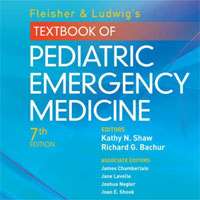
Fleisher & Ludwig’s Textbook of Pediatric Emergency Medicine
Fleisher & Ludwig's Textbook of Pediatric Emergency Medicine has long been acknowledged as the indispensable comprehensive clinical reference on diagnosing and managing emergent health issues in children. Now, a new editorial... read more
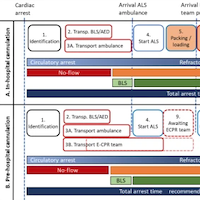
Feasibility of HEMS Performed Prehospital E-CPR in Pediatric Cardiac Arrests
This case-series shows that a properly trained regular Helicopter Emergency Medical Services (HEMS) crew of only two health care professionals (doctor and flight nurse) can establish Extracorporeal-Cardiopulmonary Resuscitation... read more
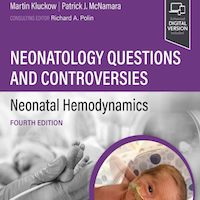
Neonatology Questions and Controversies: Neonatal Hemodynamics
Dr. Richard Polin's Neonatology Questions and Controversies series highlights the toughest challenges facing physicians and care providers in clinical practice, offering trustworthy guidance on up-to-date diagnostic and treatment... read more

AKI Defined by Fluid-Corrected Creatinine in Premature Neonates
In this secondary analysis of the multicenter PENUT trial, we describe fluid-corrected acute kidney injury (AKI) and evaluate associations with short-term and long-term outcomes in premature neonates with fluid-corrected... read more

Outcomes and Characteristics of Cardiac Arrest in Children with Pulmonary Hypertension
In this prospective study of children who received CPR in intensive care units, a pre-existing diagnosis pulmonary hypertension was present in 16% of children but was not associated with statistically significant differences... read more
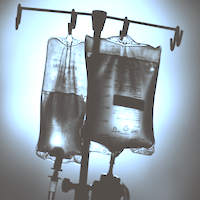
Multiple Electrolytes Solution vs. Saline as Bolus Fluid for Pediatric Septic Shock Resuscitation
Among children presenting with septic shock, fluid resuscitation with MES (balanced crystalloid) as compared with 0.9% saline resulted in a significantly lower incidence of new and/or progressive AKI during the first 7 days... read more

Oxygen Support Needs in Children with RSV vs. COVID-19
Children with respiratory syncytial virus (RSV) had a higher risk of pneumonia, bronchiolitis, and a hospital stay of more than 4 days vs children with COVID-19 or influenza. Investigators compared demographic and clinical... read more
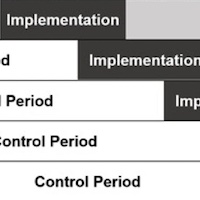
Multifaceted Early Mobility Intervention Impact for Critically Ill Children
This study will examine whether a multifaceted strategy to optimize early mobility affects the duration of mechanical ventilation, delirium incidence, and functional outcomes in critically ill children. This study will... read more
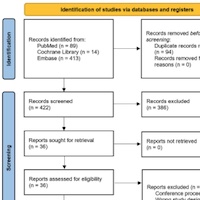
Heparin-based vs. Bivalirudin-based Anticoagulation in Pediatric ECMO
Bivalirudin may be a safe, cost-effective alternative to heparin in achieving anticoagulation in pediatric extracorporeal membrane oxygenation (ECMO) patients. Prospective multicenter studies and randomized control trials... read more

Sick Children Identification in Acute Care Settings
At the heart of every pediatric consultation is the clinician’s responsibility to determine ‘is this child sick?’ In pediatrics illustrative language communicates a clinical picture of the child before us. When... read more
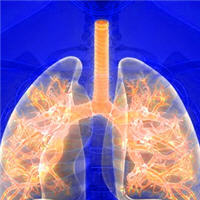
Heterogeneity in Pediatric ARDS: Challenges and Complexities in Diagnosis and Treatment
Pediatric intensive care physicians are well-acquainted with the concept of heterogeneity, as the patients, pathologies, and treatments they encounter can vary greatly both within the pediatric intensive care unit and within... read more

Pronation Improves Respiratory Outcomes in Neonates with Respiratory Failure
This study found that 6-hour periods of pronation (lying on the stomach) can improve gas exchange and lung function in neonates (newborn infants) with three types of respiratory failure, without causing any negative effects... read more




